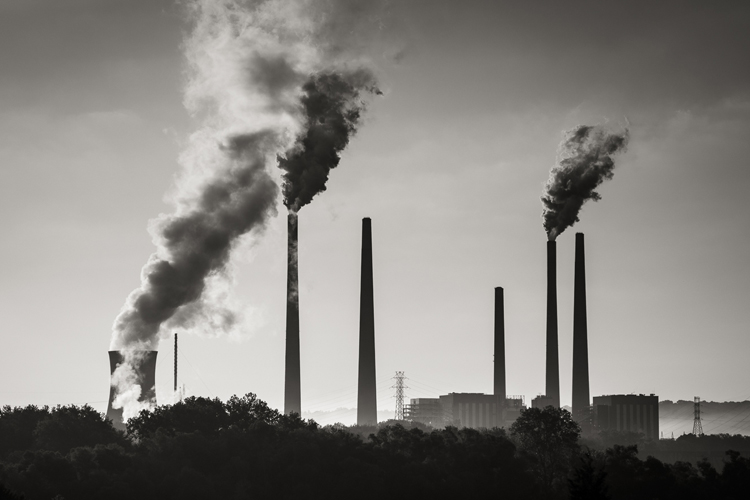 © 2013 Robert S. Donovan Licensable under the Creative Commons license.
© 2013 Robert S. Donovan Licensable under the Creative Commons license.
Carbon Capture: Consequences and Considerations
Carbon capture funding in the form of an extension of the current tax credit, research support, and/or carbon capture infrastructure has been announced as part of the bipartisan infrastructure bill and is worth examining in closer detail. With both climate related legislation and international coordination on the horizon, now is a good time to examine the carbon emissions mechanisms on the table in the United States. While some, like a carbon border tax, require international coordination, others, like a clean energy standard, can be implemented domestically – though they will have international ramifications. This begins a series of posts on climate proposals examined through a domestic and international lens.
Carbon Capture
Natural gas emits about 4% of its exhaust as carbon dioxide and coal emits about 15% – part of the reason LNG is considered cleaner. This is why the recent G-7 meeting focused on ending financing for coal-burning plants, and why the absence of a similar agreement after the G-20 meeting bodes ill for this fall’s COP26 meeting. Carbon capture is the removal and storage of carbon dioxide from the exhaust of fossil fuel burning industrial or power plants. Carbon dioxide is then used for commercial purposes or stored, with storage including permanent facilities and trapping it within cement and concrete – which accounts for about 8% of greenhouse gas emissions. Some carbon dioxide is currently forced into oil and gas wells to stabilize them. The consequences of the technology are mixed both domestically and internationally.
Capturing Carbon in the US
Since there is no additional financial cost to emitting carbon (though of course there is an environmental cost) the current impetus for capture is through tax credits, regulatory requirements, or state and federal clean energy standards. For some industrial processes emissions may be inevitable and carbon capture may be the only option to reduce them. Improved technology, however, could make fossil fuel energy plants more viable. Additional tax credits or funded infrastructure would further lower its relative cost – extending the service life of some fossil fuel plants.
Extending plant service life would have positive impacts on regional employment and for a carbon capture industry, though it would depress potential economic and employment gains from the renewable energy that would have otherwise been installed.
Emissions reduction will be impacted by the extent to which clean energy standards include carbon capture technology, and how stringent those requirements are. The coal burning Petra Nova plant in Texas, for example, can capture 33% of carbon emissions. This still lags an equivalent LNG plant without carbon capture.
By making fossil fuel a more viable long-term option, however, lower greenhouse gas emissions may continue for a longer period unless carbon capture is absolute. There is also a question of where and how carbon is stored, and whether that storage and infrastructure would create additional environmental costs. Funding for carbon capture at the expense of funding for other technologies may also result in unforeseen environmental and economic costs.
Capturing the World’s Carbon
Widespread use of capture technology use has the potential to benefit US fossil fuel exports worldwide. Coal has decreased in recent years, but exports continue despite consumption being down outside of China (13% of US exports in 2021) and India (24% of US exports in 2021). LNG remains at record highs. US exports to Europe, currently 39% of total US exports, will benefit if the European Union decides to include LNG as part of their green energy taxonomy.
There would also be a boost to the nascent US carbon capture industry and benefits to US international engagement and partnership if US standards and technology are widely adopted.
LNG plants also contribute to greenhouse gas emissions through methane leaks. Reduced carbon output is of questionable benefit if there are methane leaks during extraction, transport, and/or use. While the US can regulate methane, trade partners may not have as stringent requirements.
Overall the global cost may be excessive, with the same environmental and economic considerations noted above. The world is already unlikely to meet climate change goals; carbon capture may delay a full transition to emissions-free energy production.
A Bridge Too Far
LNG has long been considered a bridge fuel due to its relative cleanliness in comparison to coal. Should carbon capture technology prove viable, that bridge could be extended – which may become a long-term detriment. Congress must decide how to balance carbon capture with solutions that have more reduction potential.






